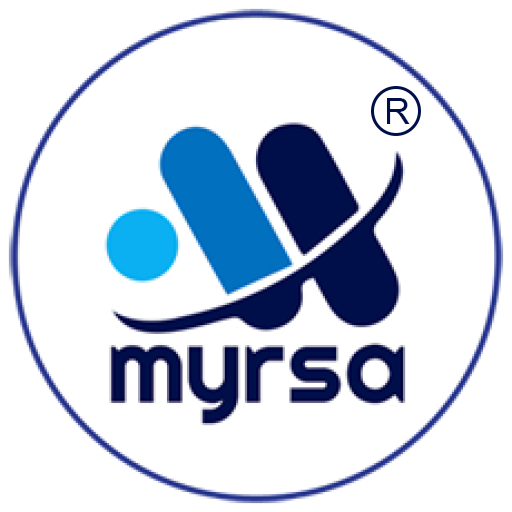Lets set the scene: you have designed your first or second collection, samples are ready and you want to hit the ground running. Before you take your product to a business, ask yourself, “Have I tested my market?”
Market research is one of the first steps you do in developing your brand and collection. At this stage of development with samples, you have probably researched your competition, determined pricing, and created a brand story to launch off of. In fact, you may even have a sales strategy to penetrate the market and a small list of contacts. This is, of course, the best case scenario.
On the other end, you may have none of the aforementioned in place. Regardless, testing your market will validate your brand, solidify your pricing strategy and offer you incredible insight before you launch any public relations, marketing and large retail relationships. With a small initial investment upfront producing a small collection you may be able to save your company thousands of dollars in the future from failed collections, prices that are too high and styles/bodies that don’t fit.
Through market testing, you can:
- Test out price sensitivity.
- Try new styles- does it fit on ‘all’ body types.
- Open up customer reaction outside of friends and family.
- Gather true demographic statistics before approaching retail buyers.
The best ways to test your market is going directly to the consumer through pop-up shops, trunk shows, and in-person events. The best strategies to getting the most from your 2-4 week pop-up shop are as follows:
- Assortment Planning. 60% Key Brand Styles / 40% New Styles/Fabrics
- Merchandising. Placement on the selling floor by price point. What does your client gravitate to? Price sensitive? Are you telling the story that justifies the price? Re-merchandise your selling floor at least 3 times in the 7 day period.
- Grassroots marketing. Invite your target market, partner up with local businesses to cater, speak to the local press, and work with other designers to double up on your efforts and cut down costs.
- Lastly, be a hawk, ask lots of questions to your customers. Would they prefer it in a different style? Different colours? You cannot please them all, but you can understand what they want.
Remember: your goal is to get strategic feedback and make business decisions based on them.
Market testing is to a fashion brand what beta testing is to technology. It pays to do it, does it right, and make intelligent decisions with the data you receive.
For this, the first step you can do is to find an ideal space to carry out your market research activities. Where do you think can be the perfect space for selling your products? If you couldn’t decide on that you should test out all the different spaces that are available. That doesn’t mean that you have to buy shops in different areas. Short term rentals are your way to go.
Things we must ask ourselves to understand short term rentals!
b) Can I rent an office on an hourly or daily basis?
c) Can I examine a market by opening up a pop-up store?
d) Can I carry my business where customers are?
e) Can I rent a space amidst zero security deposit and no lease?
What are the short term rentals?
Short term Commercial Rentals are becoming more and more successful nowadays, because of the perks that come along with them. Although, every business understands that getting a right space at the right time is very important, very few are lucky to have that opportunity because of unavailability, difficulty in accessing spaces, unrealistic terms or even unreliable sources.

Short term rental are used to promote, occupy or even sell products in a new market. You can rent a space in any locality to reach out to your customers (read more about pop-up stores) or even have a workplace for a short duration.
How short term rental’s work?Myrsa is India’s online platform to book short term rentals.
We leverage unused and underutilized space and provide them for businesses. To sum it up, Myrsa’s view on short term rentals can be described as:b) Any space that doesn’t have complications like Leases, Security Deposits, etc.
Related Post: Give your empty retail space for rent!
Why should you try short term commercial rentals?
- Affordability: Because short term rentals are temporary in nature and smaller in size than conventional retail or office spaces, the cost of rent is usually affordable.
- Short term commitment: Rather being locked into a long-term rental agreement, the brand is only committed for a fixed period of time, which means it can adapt to changes in its business and marketing plans.
- Brings in Attention: People are interested in the sudden existence, especially if they look unique — for instance, retail shops or exhibitions.
- Testing & Experimentation: You can test your Brand on the go! You can test marketing new products or trying new office environment to gauge the response, from which you can improve in future.
- Brand Awareness: Utmost of all, when you reach out to people personally, you will be promoting yourself and your brand. This will bring in a kind of faith and assurance in every customer or client.
At the end of the day, any space that can be efficiently rented by a business for the short term is the way to try reaching out to new markets, customers, a better environment and affordable options. Moreover, the best part of this is no lease or no security deposits!!!



Leave a Reply